Although there are 7 testing centers for yellow O recognized by China, to facilitate durian export, businesses absolutely must not use yellow O for processing and packaging.
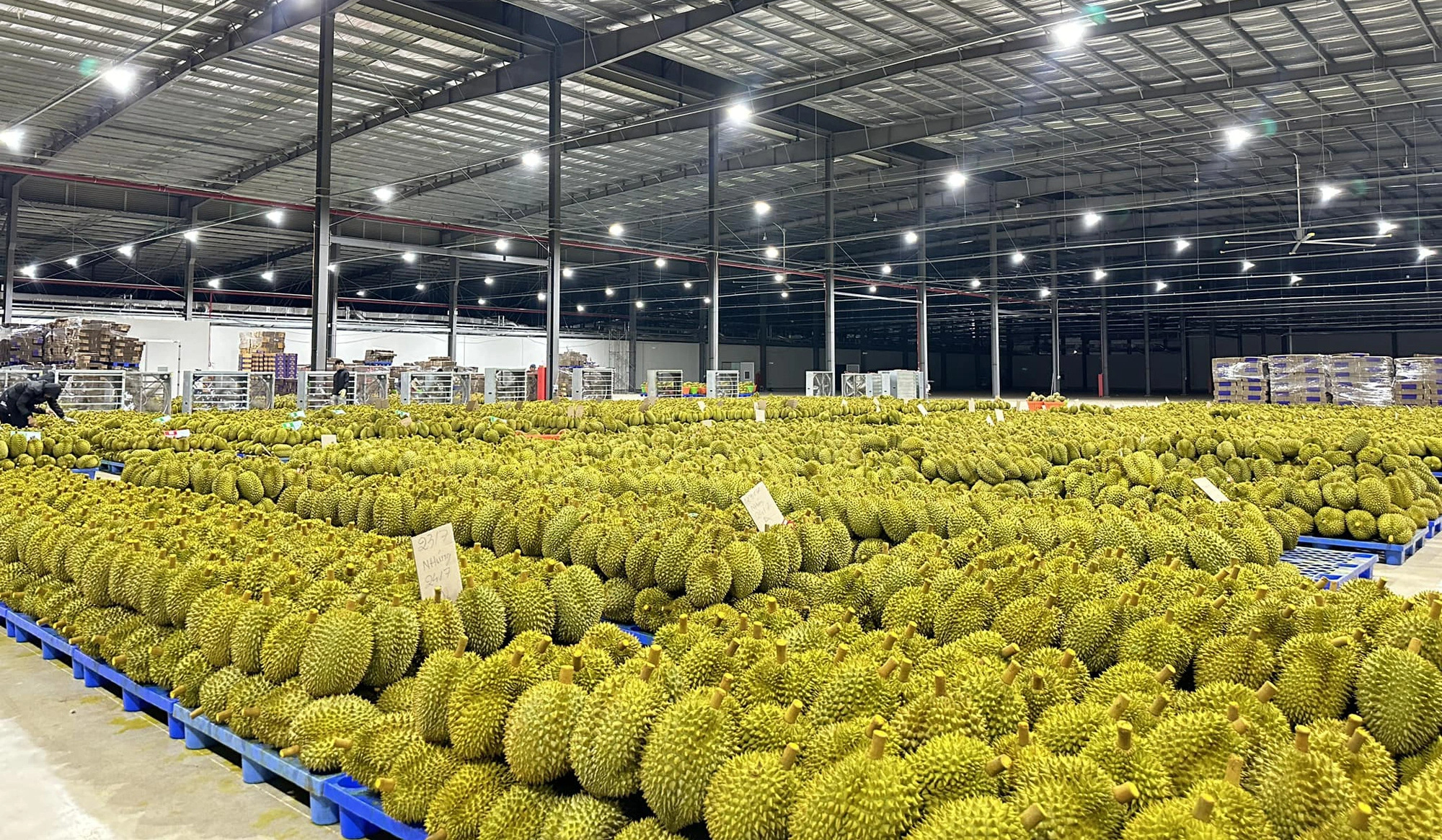
A durian packaging facility in Vietnam - Photo: T.VY
Regarding the difficulty of exporting Vietnamese durian to China because the neighboring country requires a certificate of yellow O quality, according to Tuoi Tre Online's investigation, after recognizing 7 qualified testing centers, Vietnam and China have agreed on the testing process.
It is known that the two sides agreed to test the durian shell and flesh. The Plant Protection Department has disseminated detailed information to businesses and laboratories for implementation.
What needs to be done to make the Chinese market accept eating Vietnamese durian in the long term?
Seven testing centers recognized by China located in Hanoi, Hai Phong and some southern provinces, started testing since January 17.
On average, each center can test about 100 samples per day, fully meeting the export needs of businesses because during peak times, our country exports about 250-300 containers of durian per day.
Currently, Vietnam is completing procedures to request the EU to recognize 6 more laboratories to meet the needs of businesses for gold O testing.
Although your side has recognized 7 qualified O-yellow testing centers, your side still strictly controls durian shipments from Vietnam (including Thailand).
Specifically, in addition to requiring durian shipments to have additional certificates of Cadmium residue and Yellow O (applied from 10-1), your side also checks 100% of shipments, and only if they meet the standards can they be cleared. This increases time and costs for businesses.
To facilitate durian exports at this time, an expert in the plant protection industry emphasized that relevant parties need to increase their responsibility to strictly comply with the requirements and standards of importing countries.
According to this person, yellow O is often used to make durian look beautiful and eye-catching. While this is an industrial coloring agent, it is not used as food, is not a pesticide and is not used for plant protection purposes.
"Businesses absolutely must not use yellow O to process and package durian" - experts recommend.
This person also emphasized that in the case of not having a certificate of yellow O quality, businesses are not allowed to export durian to China. If they deliberately export without complying with regulations, the risk of being warned by China is very high.
This could lead to China temporarily suspending durian imports from Vietnam. If this situation occurs, it will cause great losses to the entire industry and affect the reputation of Vietnamese agricultural products, not just a few businesses.
As reported by Tuoi Tre Online on January 9, China announced the application of regulations requiring shipments of Thai and Vietnamese durian to have additional O-yellow quality inspection certificates, starting from January 10.
At the same time, it is required that laboratories testing for O-yellow substance must be approved by the Chinese side.
This request was made after the other side discovered that a shipment of Thai durian had yellow O residue in late 2024.
On January 9, the Plant Protection Department (Ministry of Agriculture and Rural Development) coordinated with relevant agencies to send China a list of laboratories qualified to test for yellow O to request approval.
Next, on the morning of January 10, an urgent meeting was held between the Plant Protection Department and businesses and localities to announce and disseminate the new regulations from the other side.
On January 17, China approved the list of 7 Vietnamese laboratories (at the same time as Thailand), so the yellow O testing could not be conducted before January 17. This means that the export of Vietnamese durian must be temporarily suspended from January 10 (currently, shipments that meet the required standards have been cleared).
This sudden change has left many businesses unable to adapt, especially when China has not yet approved inspection rooms, causing difficulties in exporting durian.
Many containers of durian were forced to turn around to be frozen or sold domestically to reduce losses. It is estimated that each durian container is worth up to 3 billion VND, leading to huge losses for businesses.
Source: https://tuoitre.vn/vu-sau-rieng-gap-kho-xuat-khau-sang-trung-quoc-tuyet-doi-khong-su-dung-vang-o-de-so-che-20250126090335286.htm





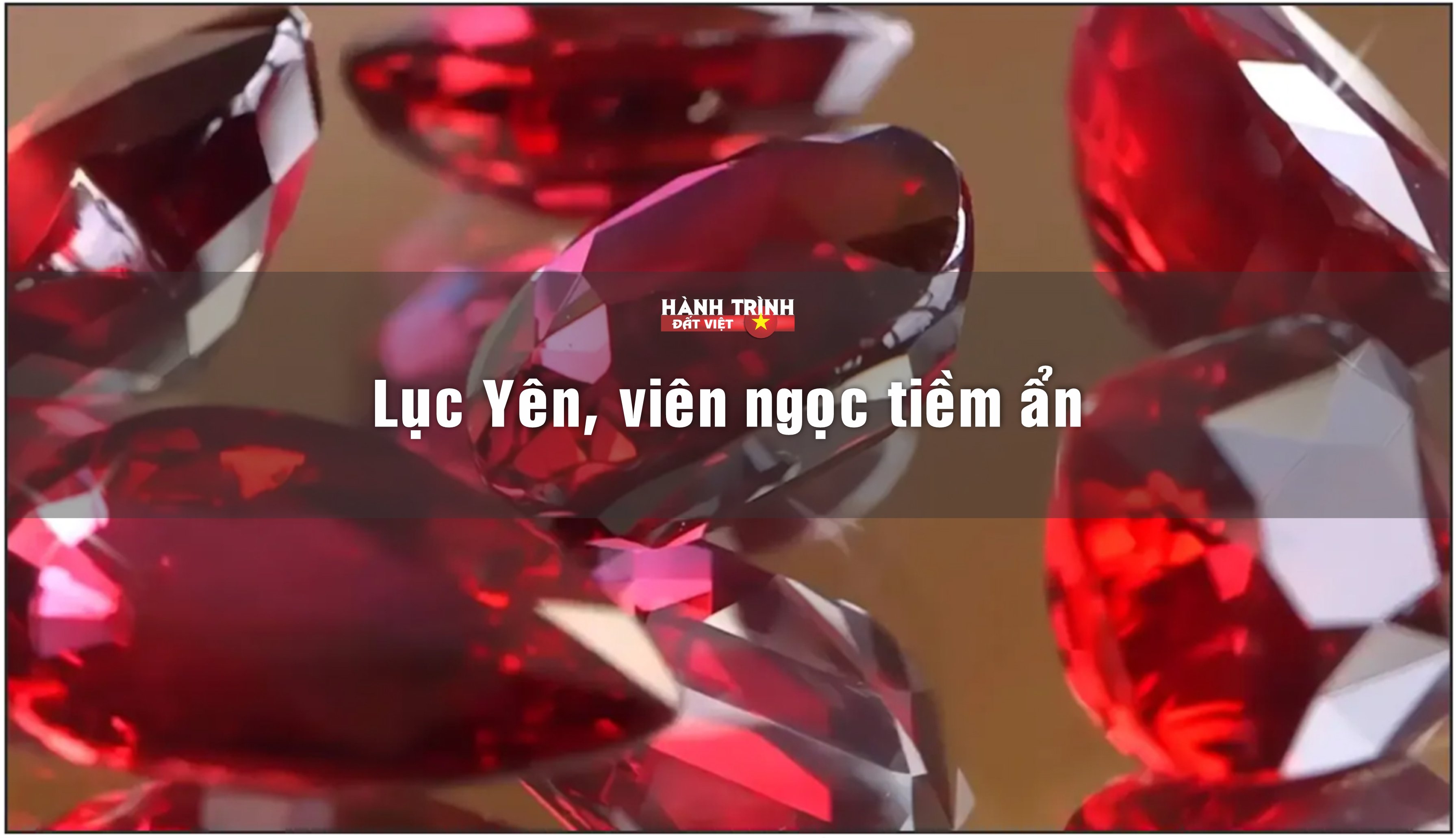

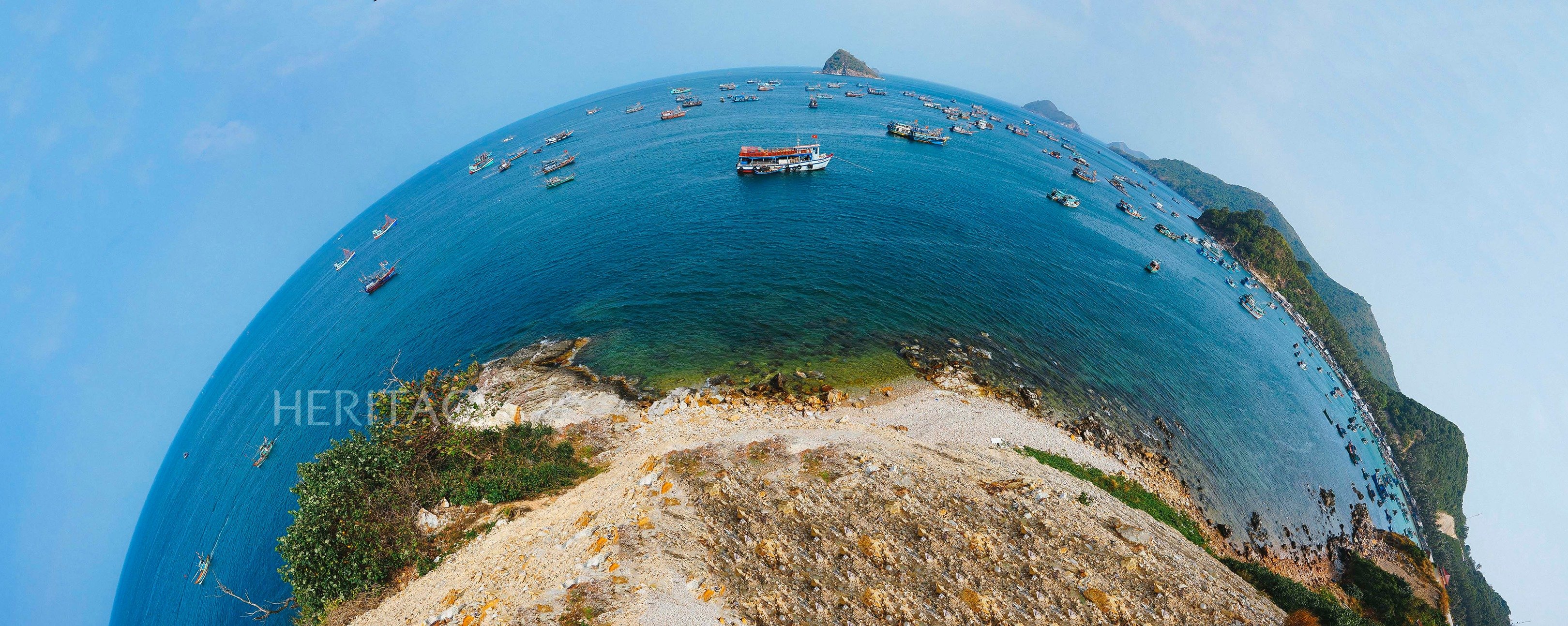
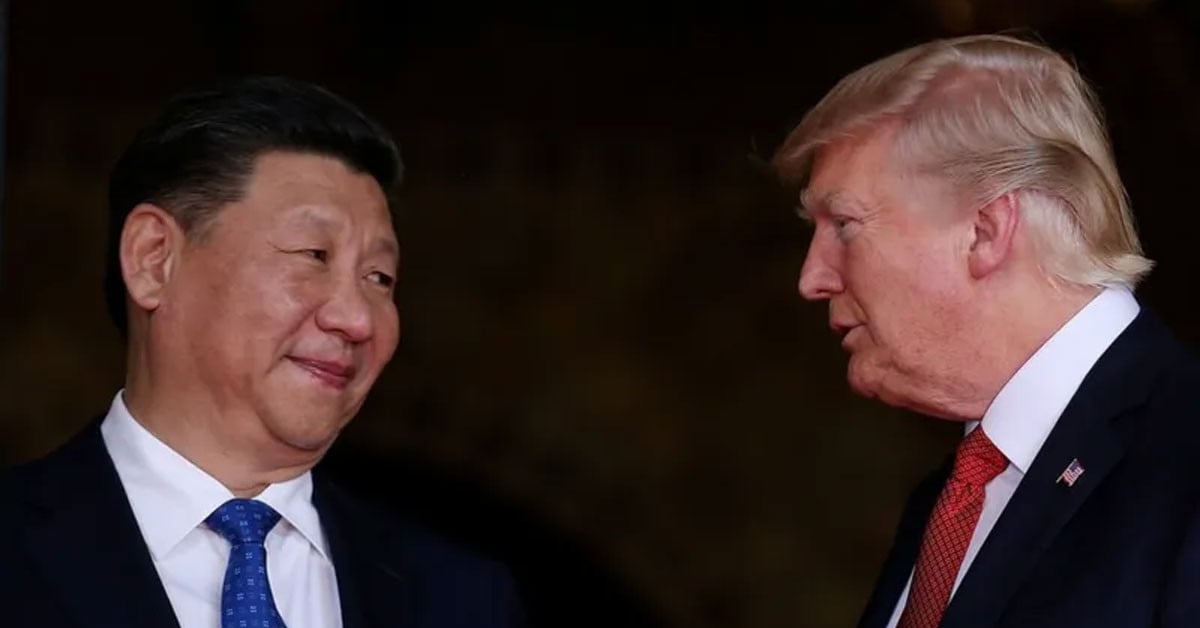



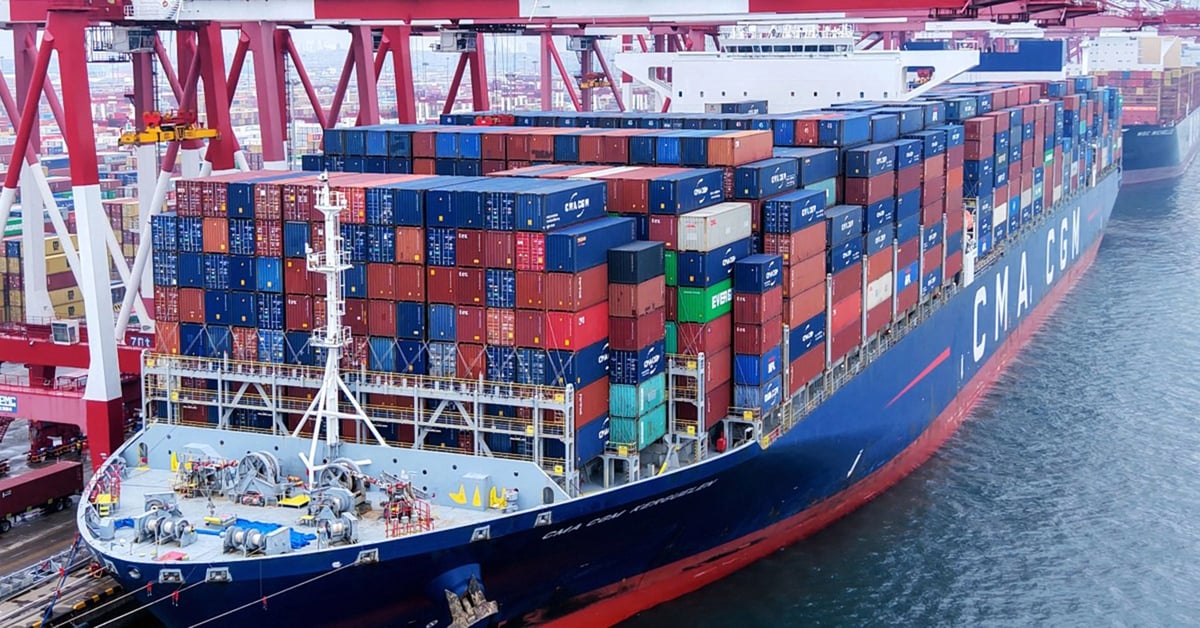
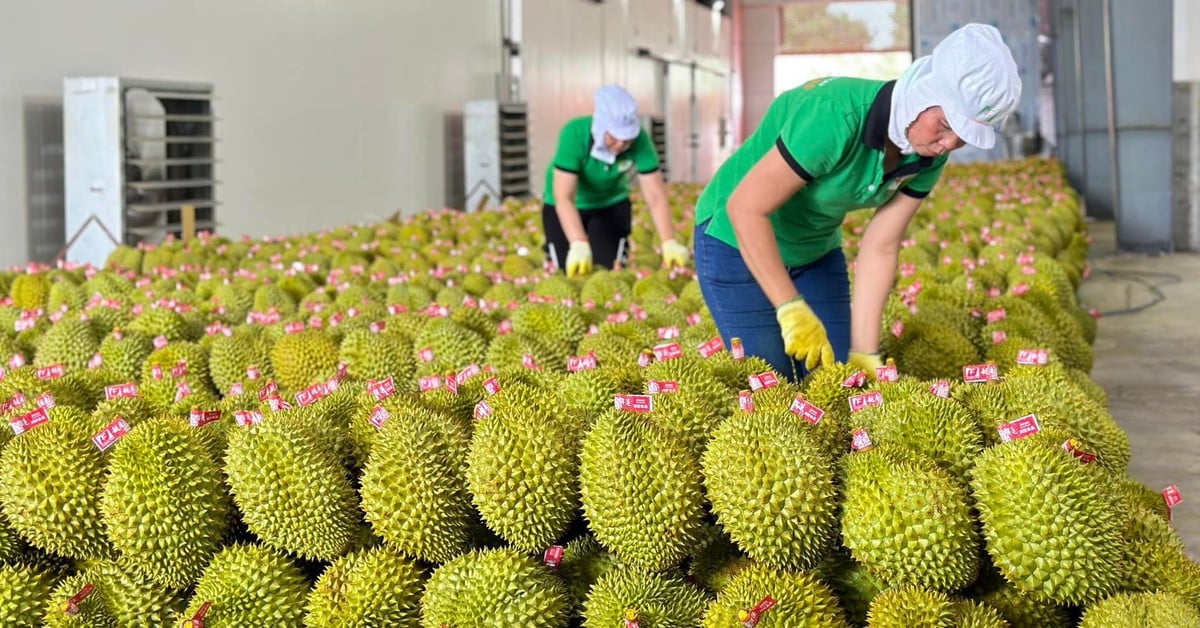
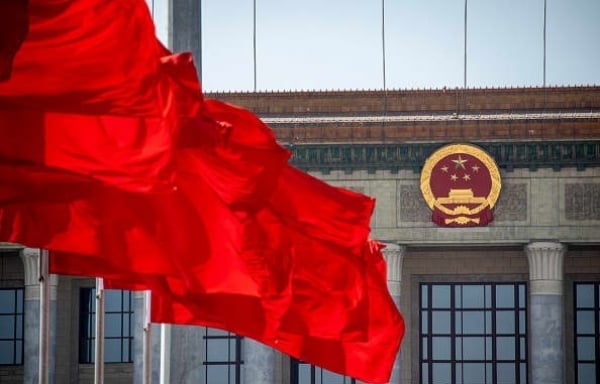





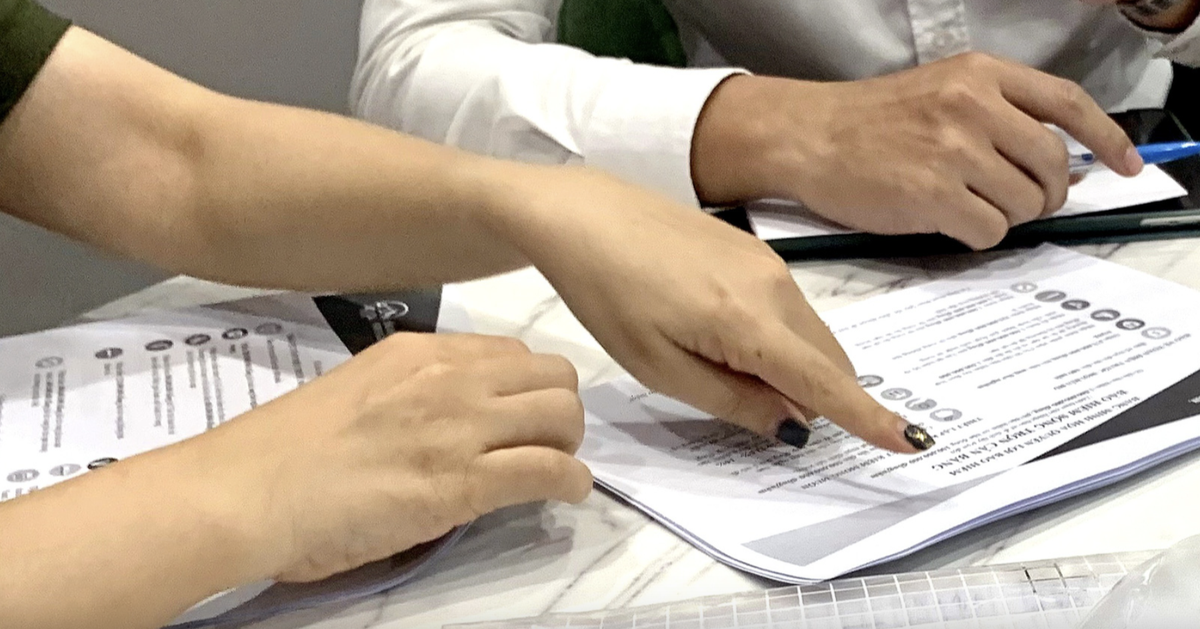
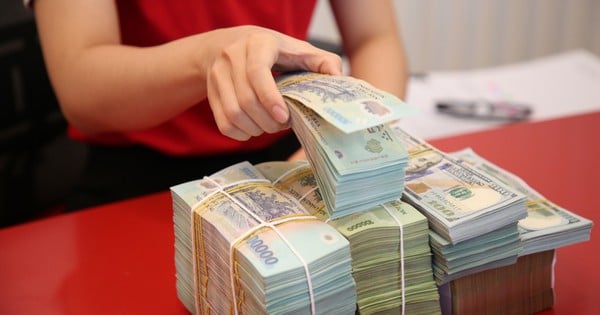

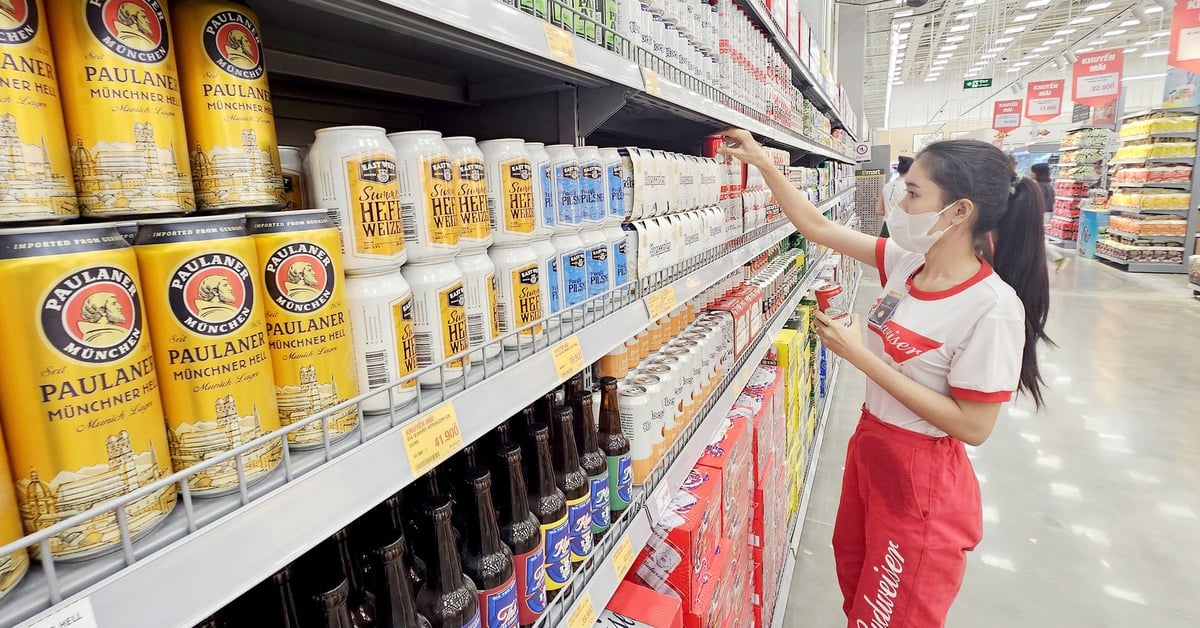

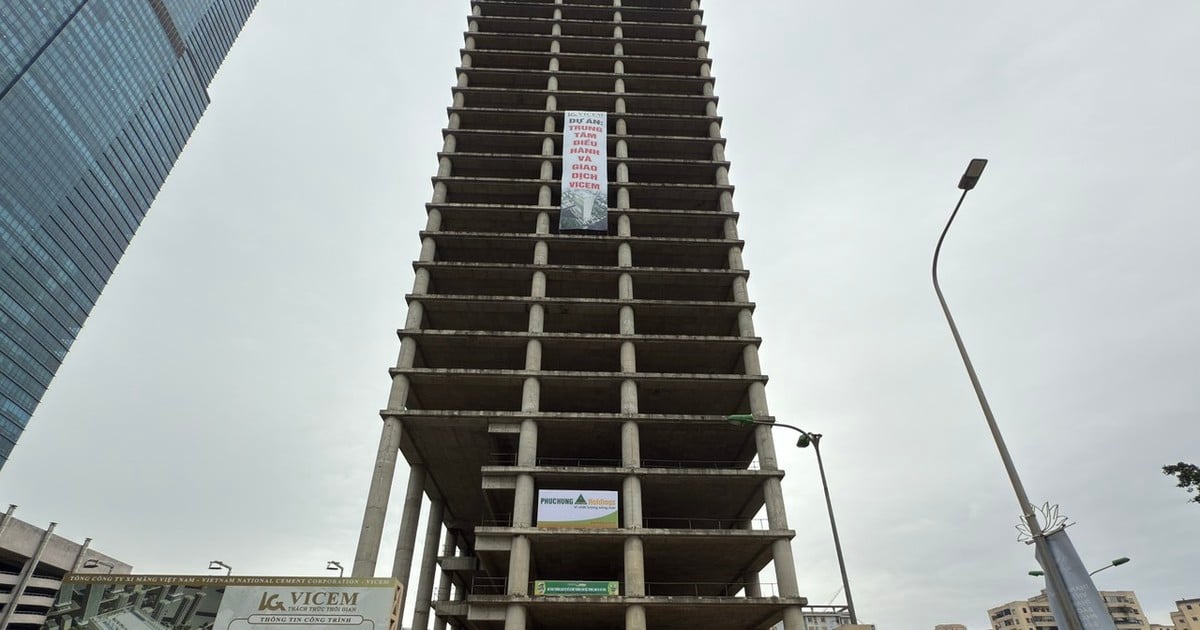
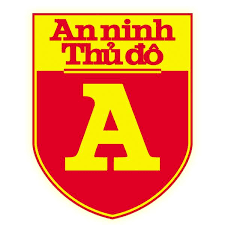
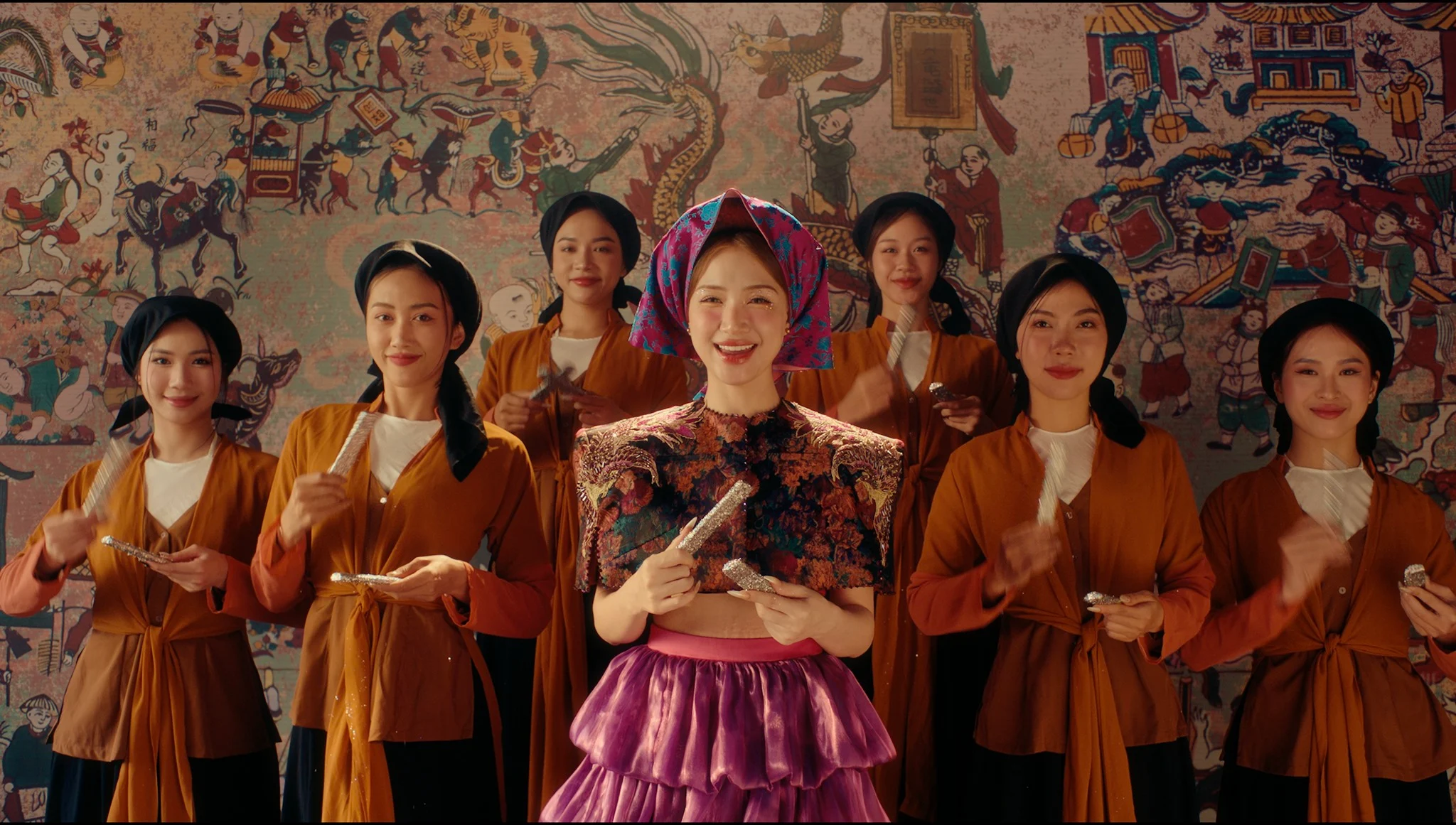


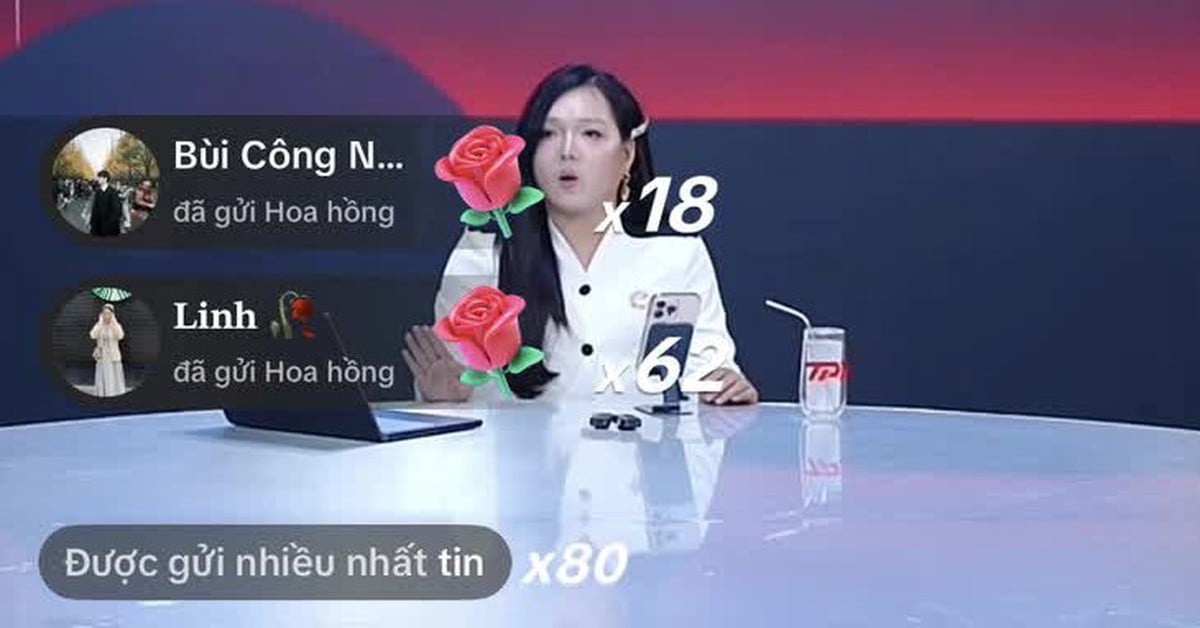
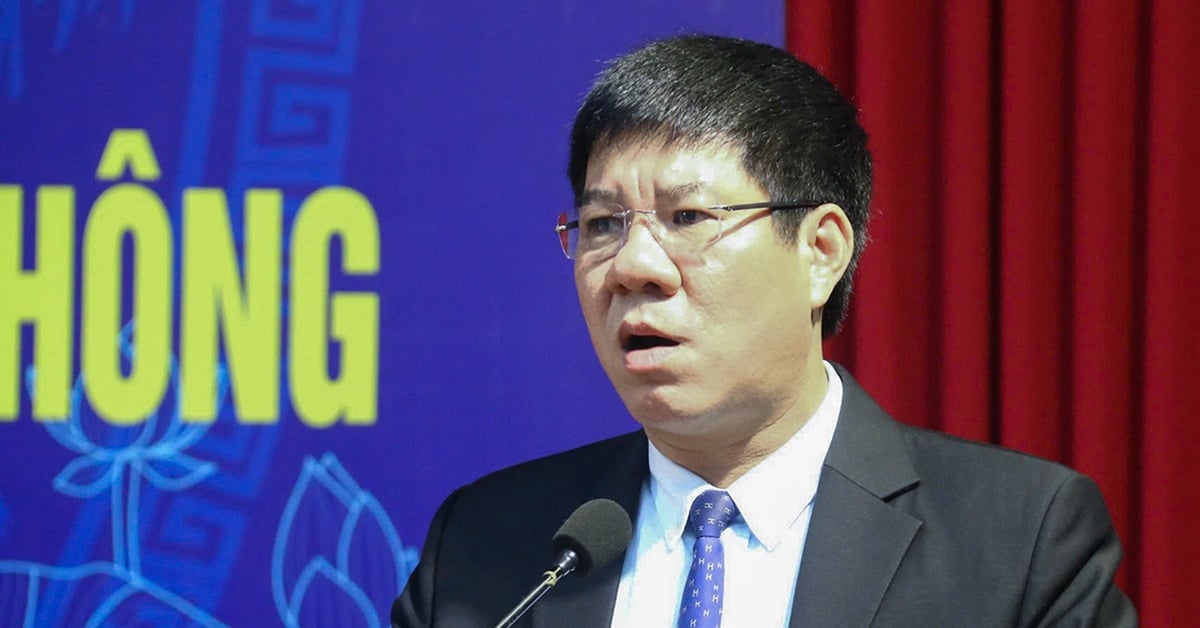
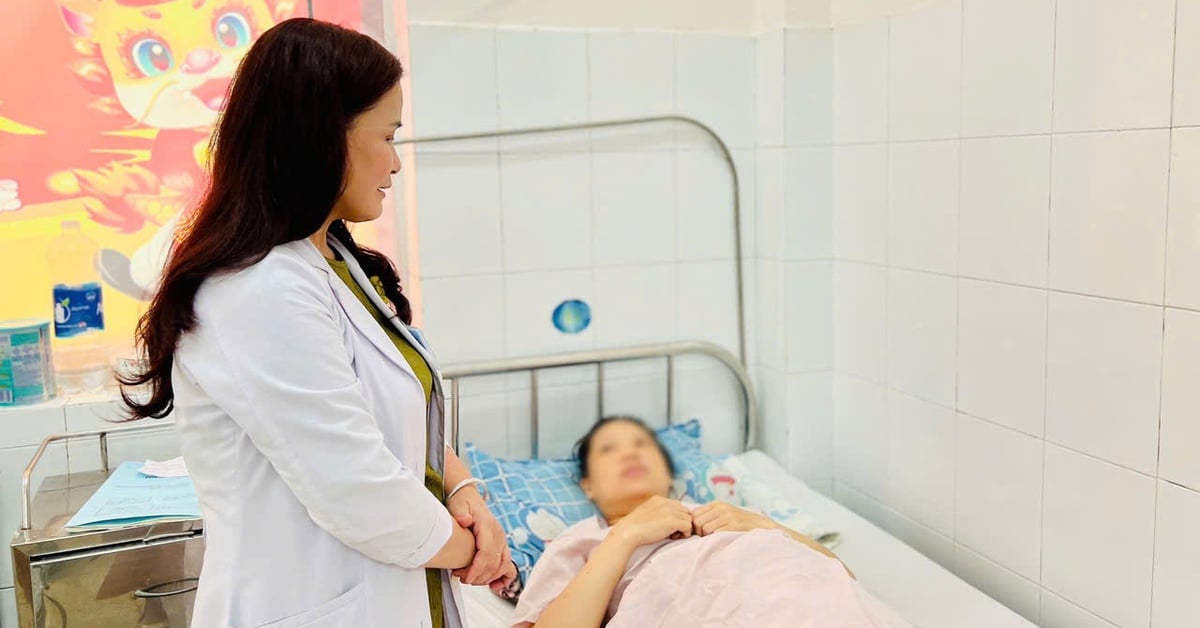



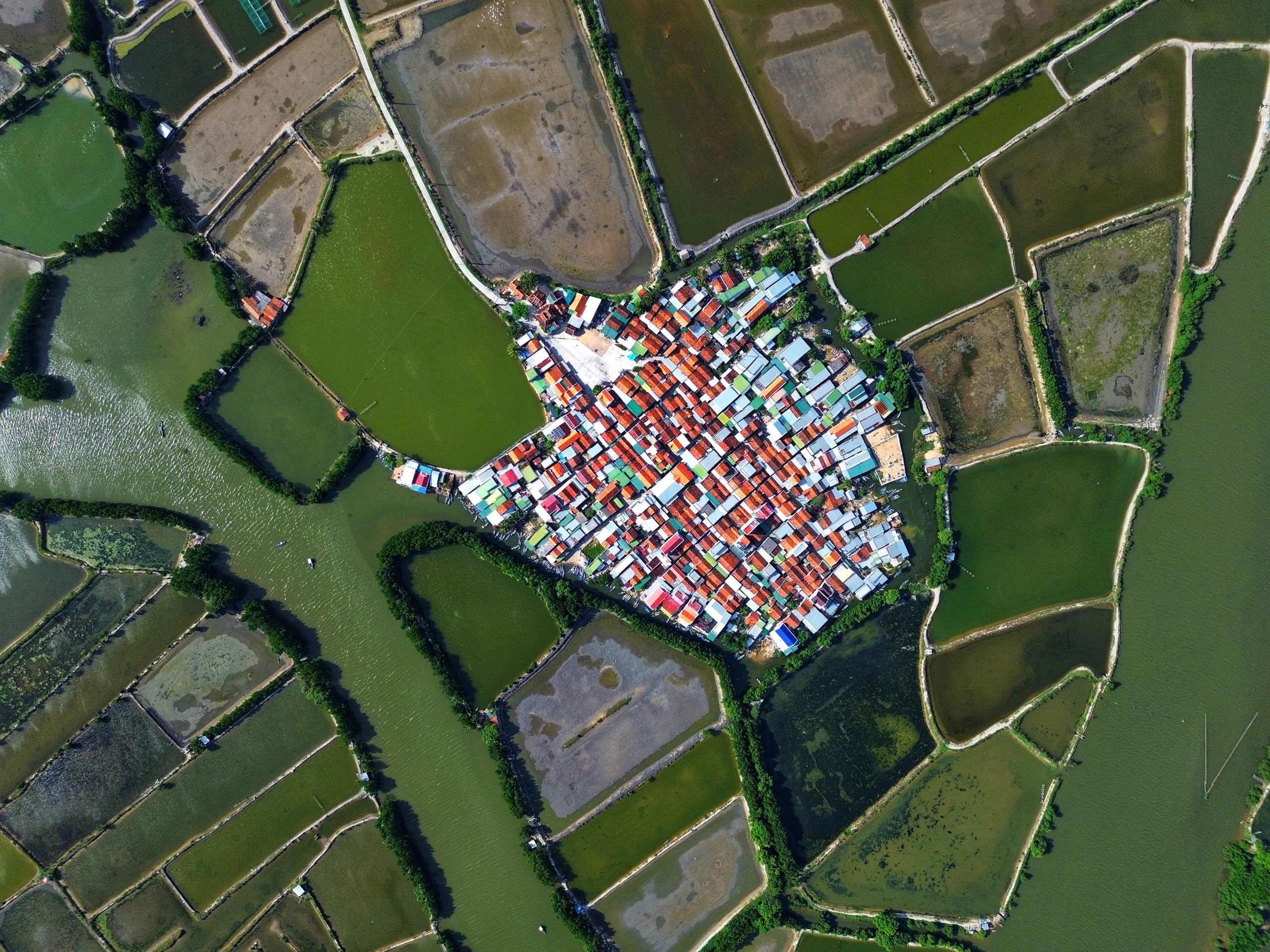

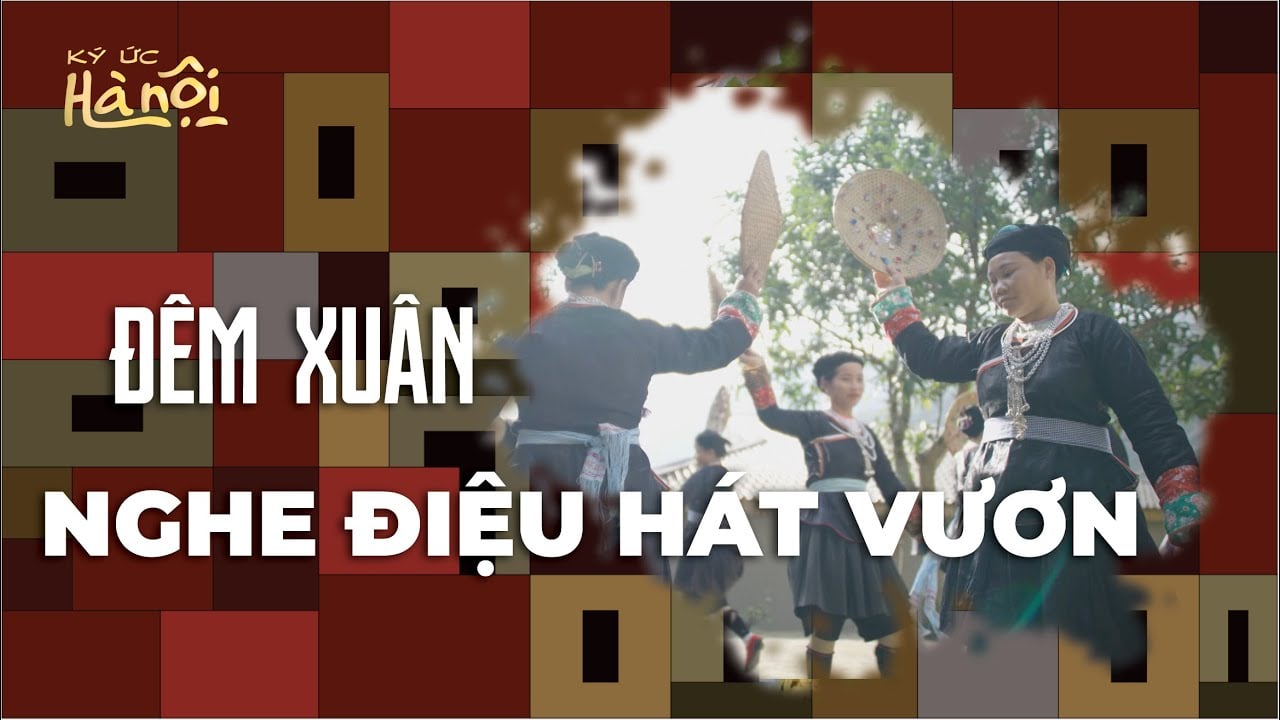


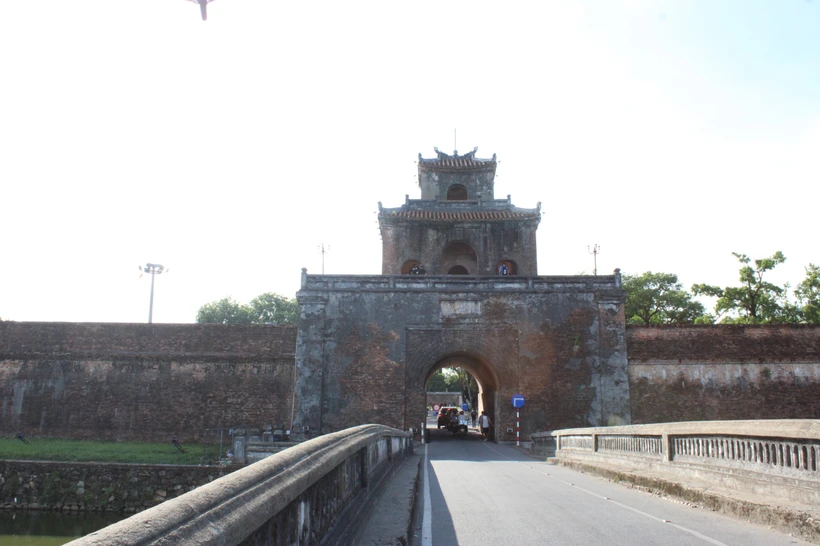



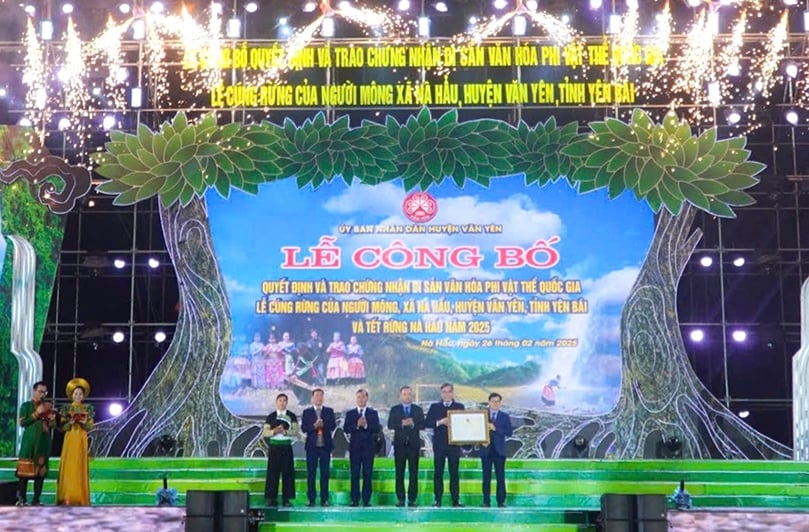

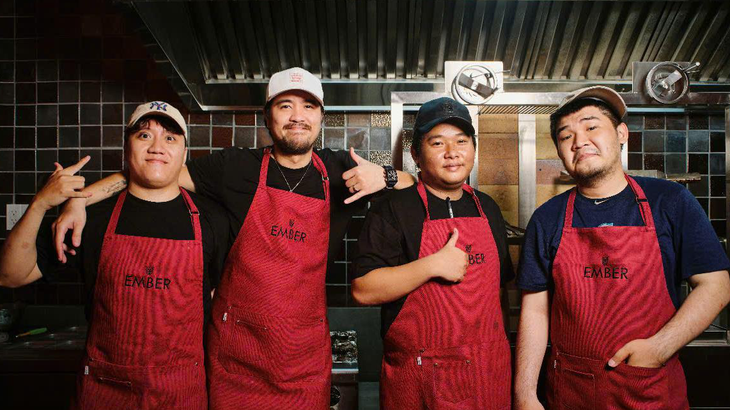



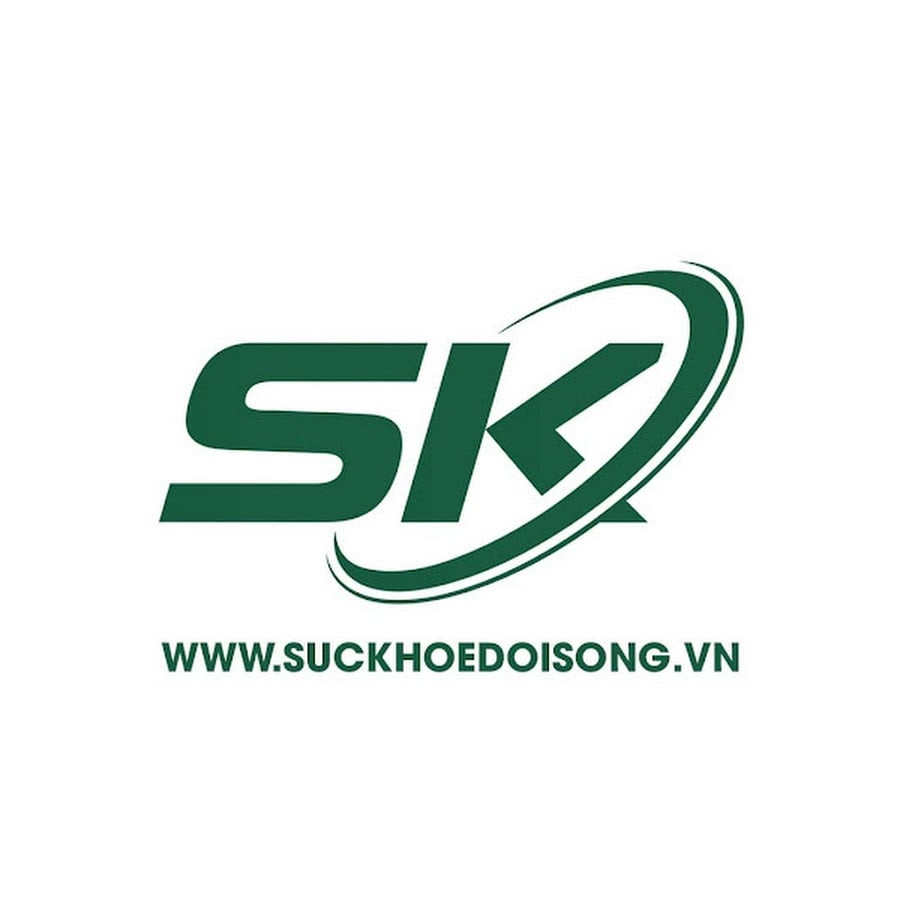
















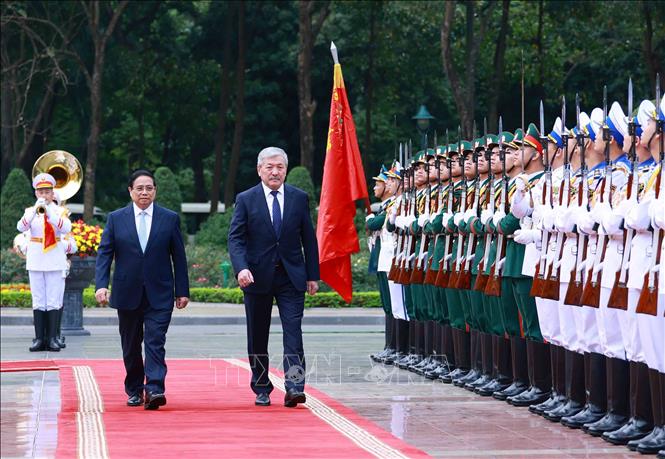

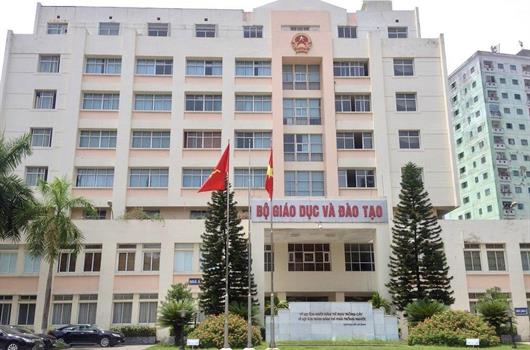




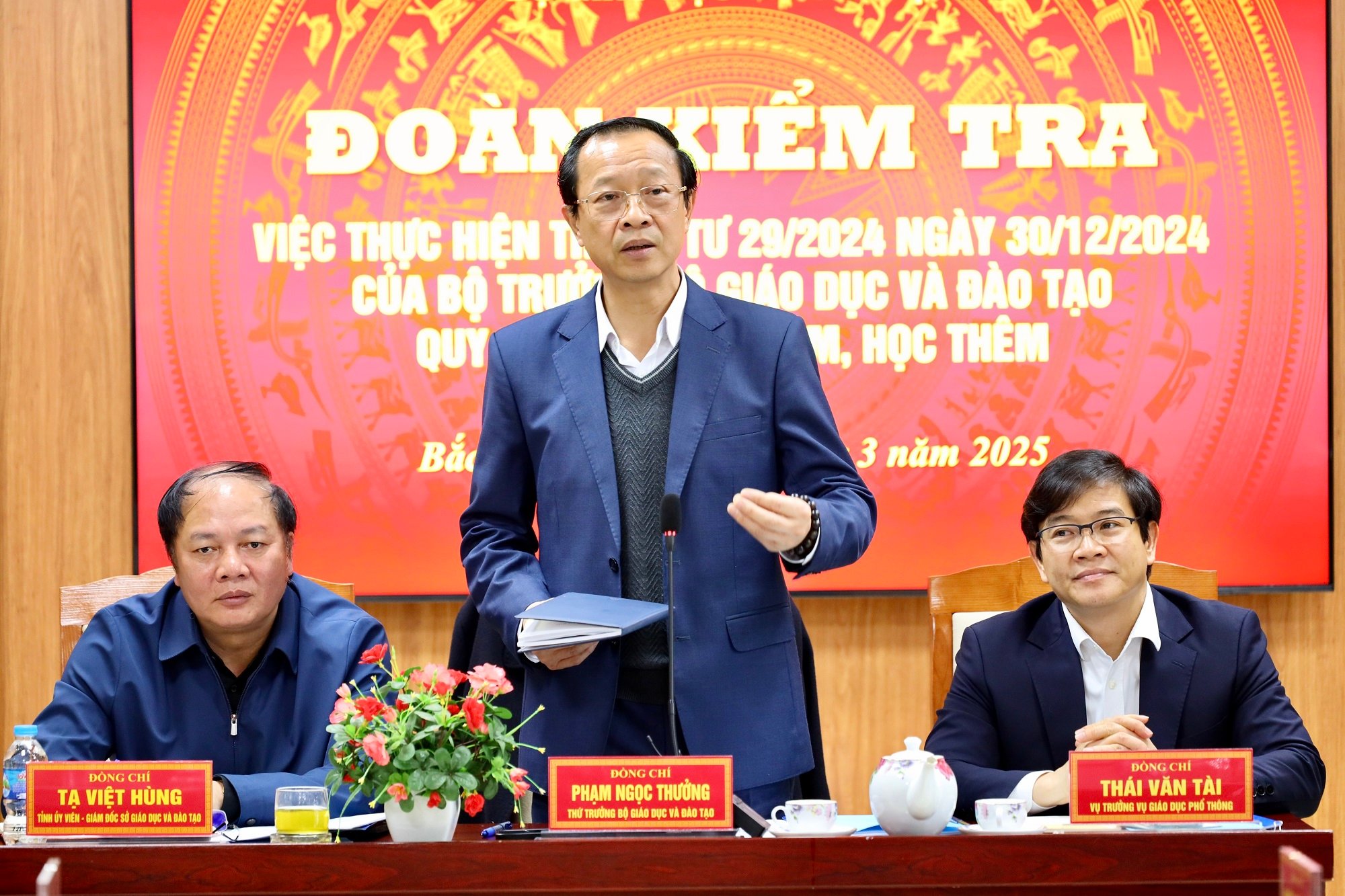









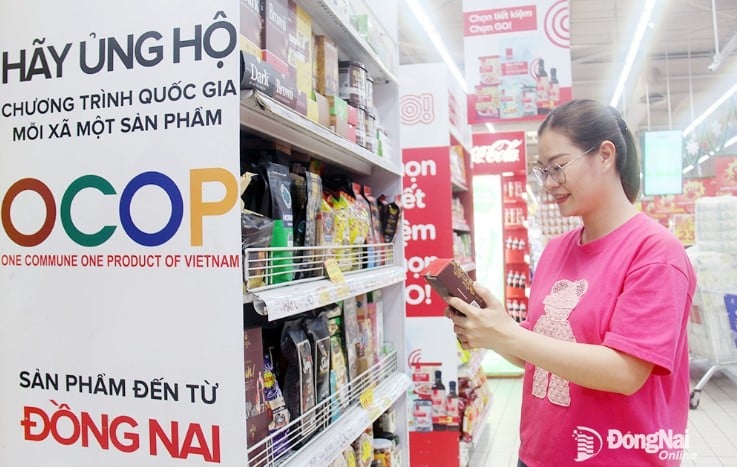
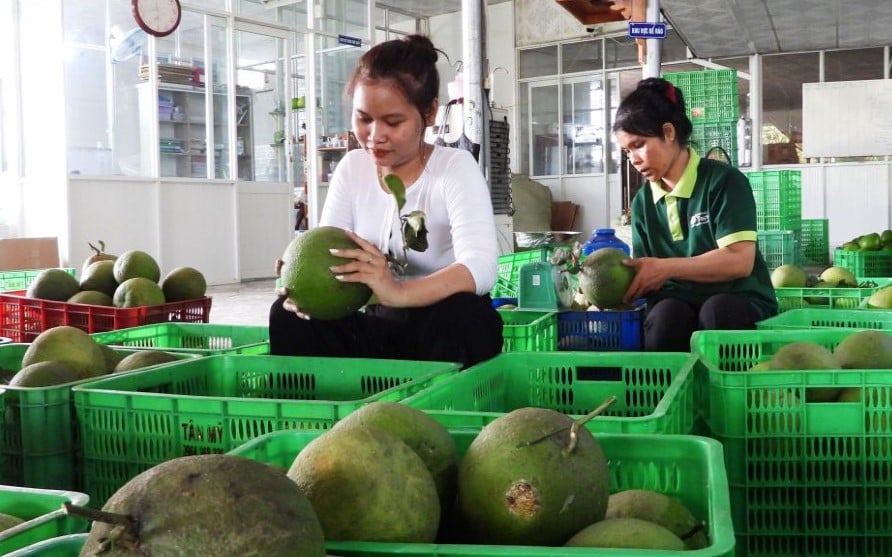
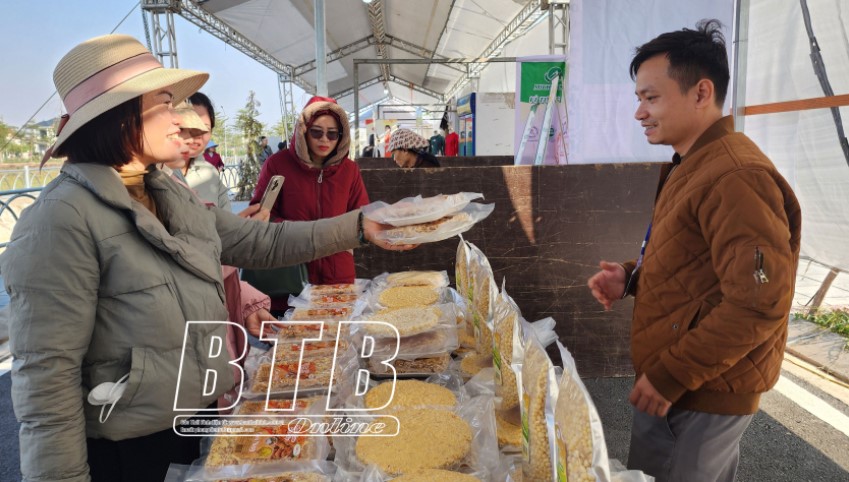


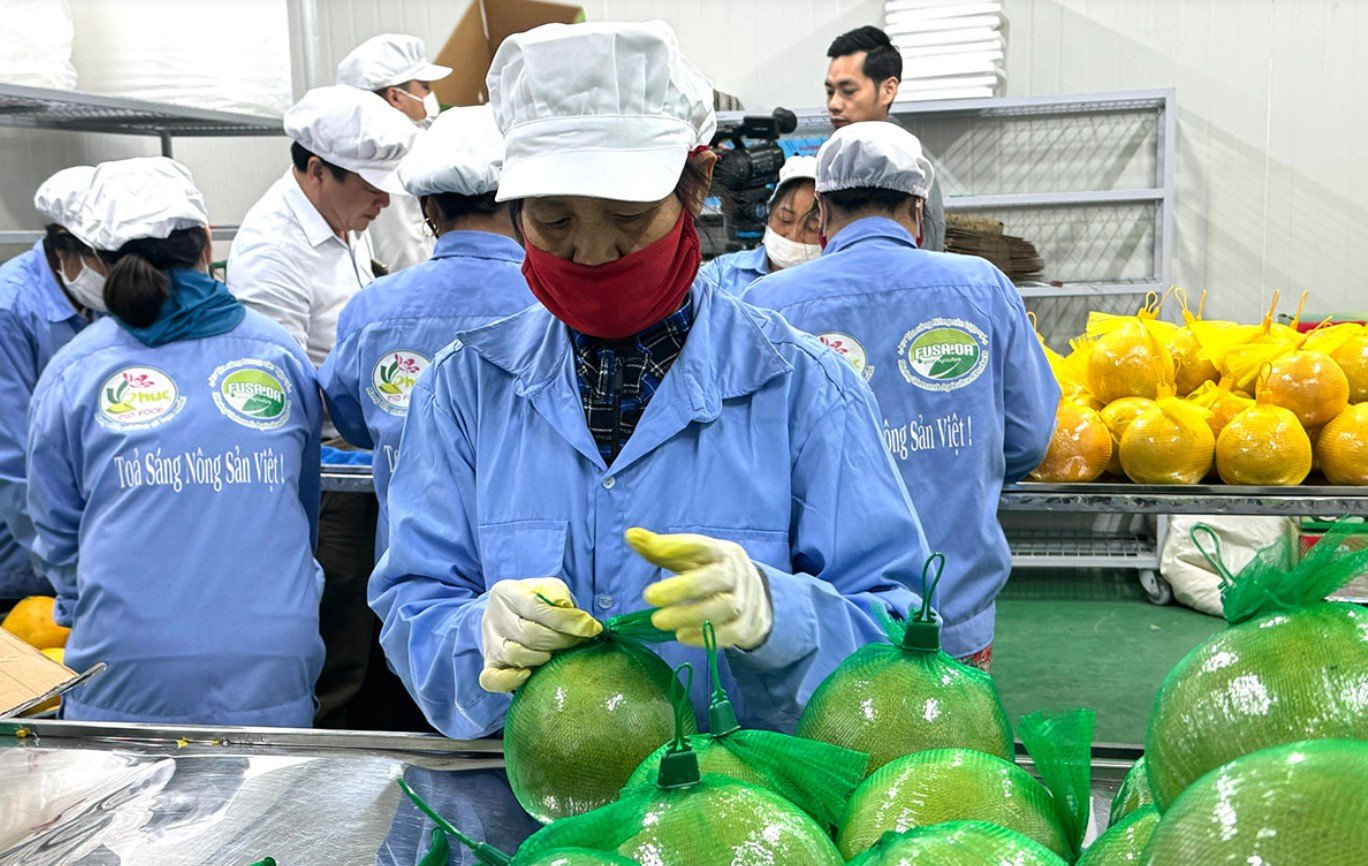

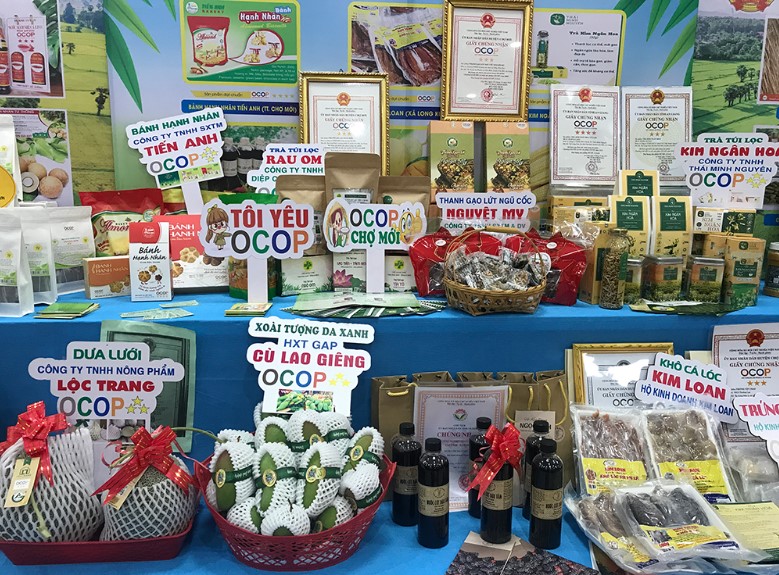

Comment (0)